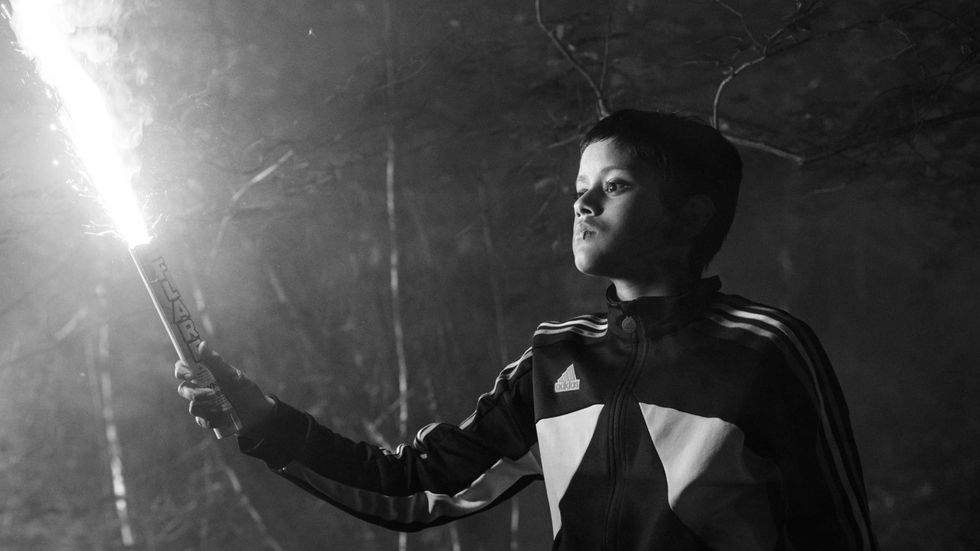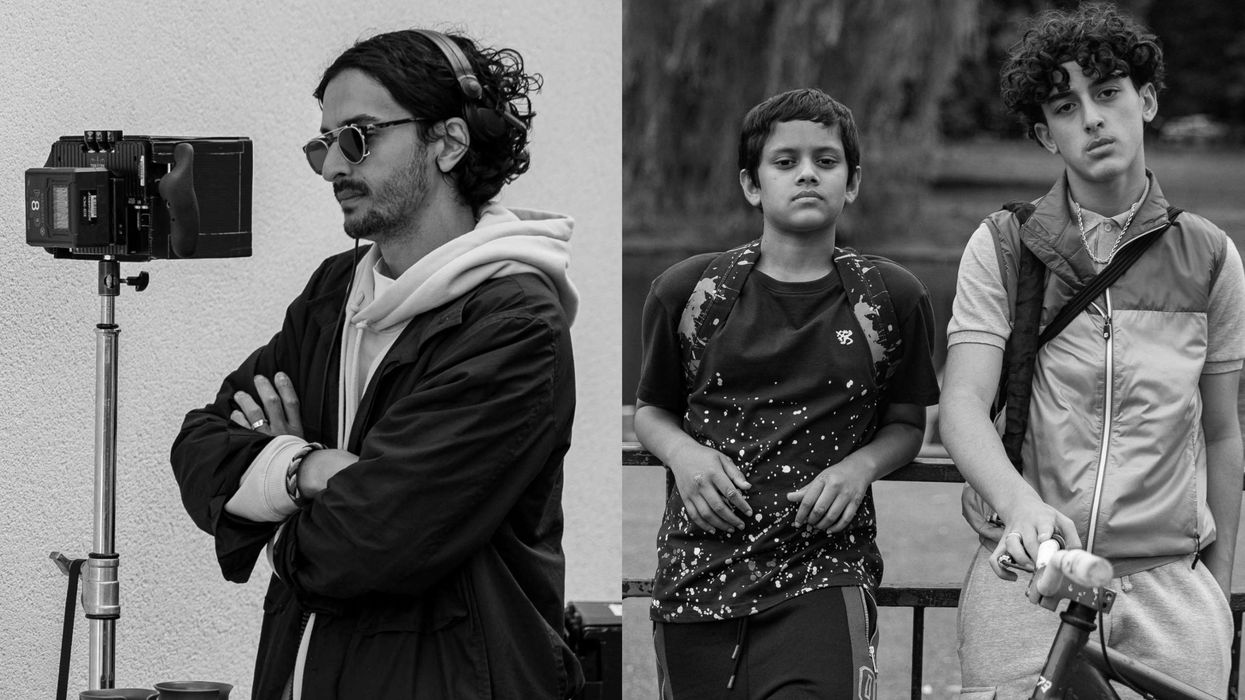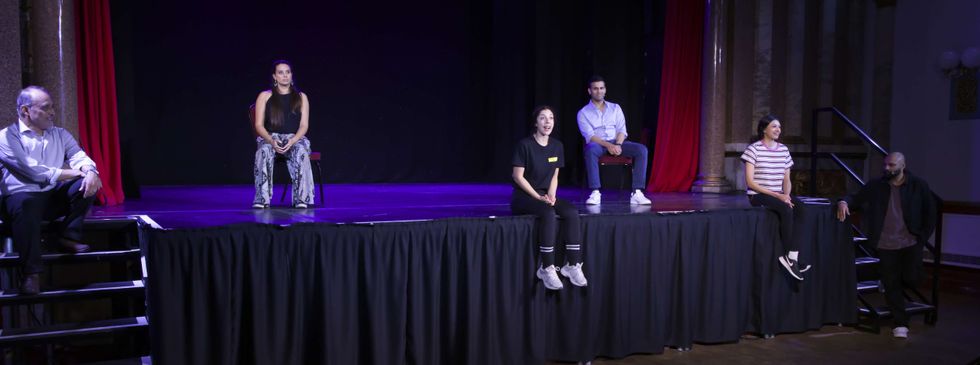Highlights
- Turner Prize Bursary-winning filmmaker explores fractured friendships in Ish
- Inspired by his own teenage experiences
- Cast two real-life friends as the leads
- Film tackles race, policing, and belonging in Britain
- Screening at this year’s BFI London Film Festival
Returning to the friendships of youth
Imran Perretta, the London-based artist and Turner Prize Bursary-winning filmmaker behind The Destructors, says his new work Ish was born out of reflection on his own teenage friendships.
“It was an excuse to go back to those times and relive what it means to have friendships that are so deep in your teenage years,” he explains. “Even though what happens between the boys is difficult, there’s also joy and heartbreak.”
Portraying the stop-and-search
At the heart of the story is a police stop-and-search that shatters the relationship between two boys, Ish and Maram. Perretta was determined to avoid sensationalism.
“I wanted to shoot that scene in a way that reflected how it unfolds in real life—the pauses, the waiting, the trauma of seeing a young boy step out. I didn’t try to overthink it. I just wanted to give it the rhythm and emotional weight it has in real life.”

Friendship, self-determination, and identity
Although friendship and identity frame the film, Perretta prefers to speak of “self-determination.”
“Identity as a notion is manifold. Really, it’s about finding yourself in a nuanced way. I wanted the actors to bring themselves to it. That way it becomes more contemporary, more true to their experience as young people.”
Writing from life, but letting go
The film draws heavily on Perretta’s own life, a challenge he found both personal and universal. Co-writing with Enda Walsh allowed him to step back.
“Sometimes when you write from your life, it can feel problematic, like you’re lying to make it fit a narrative. Sharing the writing meant I didn’t have to hold on so tightly. And when the boys played it out, it became their story. That was freeing, both creatively and personally.”
Casting real-life friends
For Perretta, authenticity was key. He and casting director Lara Manwaring rounded up nearly a thousand boys in Luton, seeking non-actors rooted in the community. The final choice was serendipitous: Farhad and Yahya, who not only impressed in auditions but turned out to be real-life friends since nursery.
“The chemistry was off the charts. They’d been building it since they were kids. We didn’t have to work on it at all.”
Contributing to wider conversations
Perretta hopes Ish resonates beyond cinema.
“My practice has always been to look at how government policy and state power affect people’s intimate lives. With stop-and-search, I want people to see the young person at the centre of it, to understand how it can change their life, their sense of self, their relationship with authority. It’s not a spectacle, it’s deeply personal.”
Supporting the young cast
Though the subject matter was heavy, Perretta insists the young cast carried it with remarkable maturity. His role, he says, was more like an older brother.
“Film sets are pressurised environments. Our job was to make sure the boys felt valued, so they could express themselves freely. None of them had acted before, but they gave everything of themselves. It felt like a family.”

The importance of silence and stillness
Moments of quiet are as vital as the dramatic ones.
“Life is filled with silence and stillness, and so are friendships. Falling asleep under a tree, waiting at a bus stop, drifting off after watching something troubling—those moments carry their own weight. They’re just as important as the high drama.”
Screening at BFI London Film Festival
Ish will be screening at this year’s BFI London Film Festival as part of the First Feature Competition.
Screening dates & venues:
- Wednesday 15th October at 8:45pm
- Thursday 16th October at 2:15pm
Location: BFI Southbank, NFT2
The 69th BFI London Film Festival runs from 8–19 October at venues in London and across the UK. More information: www.bfi.org.uk/lff
What audiences should take away
Ultimately, Perretta wants Ish to prompt reflection.
“I hope audiences think about their own friendships and heartbreaks. And I hope they see that it’s okay to leave a relationship, whether with a best friend or a parent, that grief can be a positive energy. Beyond that, I want people to stay aware of the lives of young people, and the very adult things they have to contend with.”







 The play is written by Tarun Jasani and directed by Mukul AhmedMGT
The play is written by Tarun Jasani and directed by Mukul AhmedMGT





